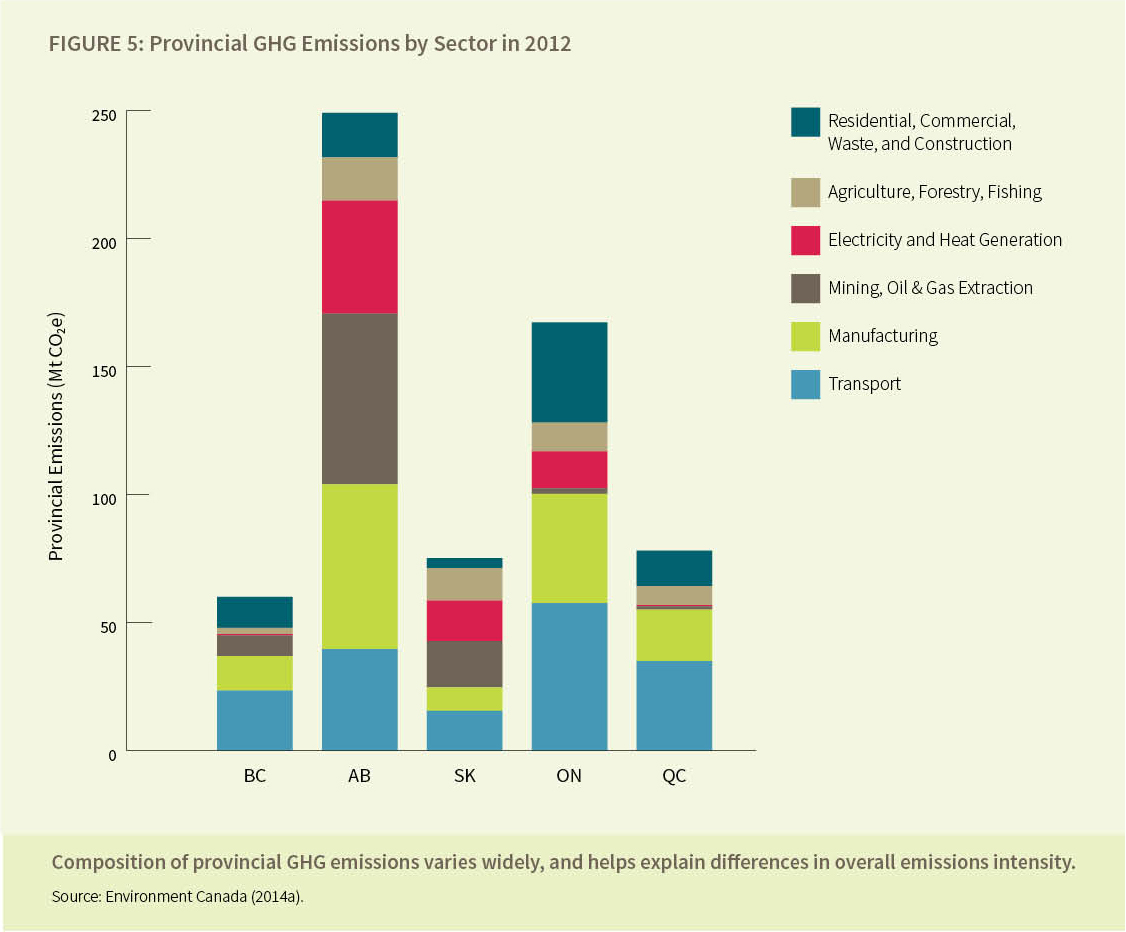The Canadian Energy Strategy: Big Ideas But Light on the Details
By Jonathan Arnold
July 29, 2015 –Two weeks ago in St. John’s, the provincial and territorial Premiers struck a historic deal on a national Canadian energy strategy. While it’s a critical first step in establishing common ground across provinces, much needs to be done to define concrete actions.
Economic growth, prosperity, environmental stewardship, and social responsibility. These are the tenets of the recently released Canadian Energy Strategy. On one hand, the Strategy – compiled by Canada’s 10 provinces and 3 territories – is a good summation of the broad issues facing Canada’s energy sector.
See also GLOBE-Net article A National Energy Strategy for Canada – Premiers agree to agree!
The strategy outlines a shared vision and common principles for energy development—a wish list that most Canadians would support (who doesn’t want economic prosperity AND environmental protection?).
Looking a bit deeper, however, the Strategy falls short on details and urgency. It addresses the “what” and the “why” regarding the challenges of Canadian energy policy; what’s missing is the much needed “how” and “when.”
When it comes to Energy Policy, Details Matter
Take carbon pricing as an example. The Strategy starts by recognizing that provinces should encourage the transition to a low-carbon economy to mitigate or lessen the impacts of climate change. To accomplish this goal, it suggests ‘reviewing and exploring the use of market-based mechanisms and to identify areas where governments can collaborate.’
It says nothing of the design or implementation of market-based tools, such as those recommended in the Commission’s latest report. Nor does it provide insight on how or when the individual policies of provinces/territories might be stitched together into a cohesive national or regional framework.
A Canadian Energy Strategy & The Importance of Provincial Differences
Although the Energy Strategy fails to tackle the difficulties and nuances associated with national energy policy, it may be misguided to expect otherwise. Each province has sovereignty over its natural resources and how they are developed. Likewise, provinces are primarily responsible for environmental protection, with some responsibility shared with the federal government.
Some argue that provinces will never (and constitutionally cannot) give up sovereignty over these policy areas, and that economic and environmental interests are too different between provinces. This, it is argued, makes a detailed and binding national energy strategy beyond reach.
HOW DIFFERENT ARE CANADA’S PROVINCES WHEN IT COMES TO ENERGY AND ECONOMY MIXES?
The chart below from our Way Forward report offers some insight.

The Benefits and Challenges of Coordination
Considering the elusiveness of the Canadian Energy Strategy, provinces will continue to “do as they like.” While the idea of a binding national framework that includes design and implementation details is appealing, the Canadian context makes it challenging. So if there’s one take-away from the Canadian Energy Strategy, it’s that more work needs to be done on how to coordinate policies, especially as some provinces move forward with individual carbon pricing initiatives.
These first movers recognize the benefits of putting their own independent pricing policies in place. But without coordination, provinces will be unable to capitalize on regional and national synergies of a common pricing market.
The net gain from national coordination is clear, yet it is one of the missing links of Canadian energy policy that will have significant impacts to our economy, emissions, and national welfare. The Commission will continue to contemplate these thornier issues of energy policy, so stay tuned.
Reprinted with permission from Canada’s Eco-Fiscal Commission



